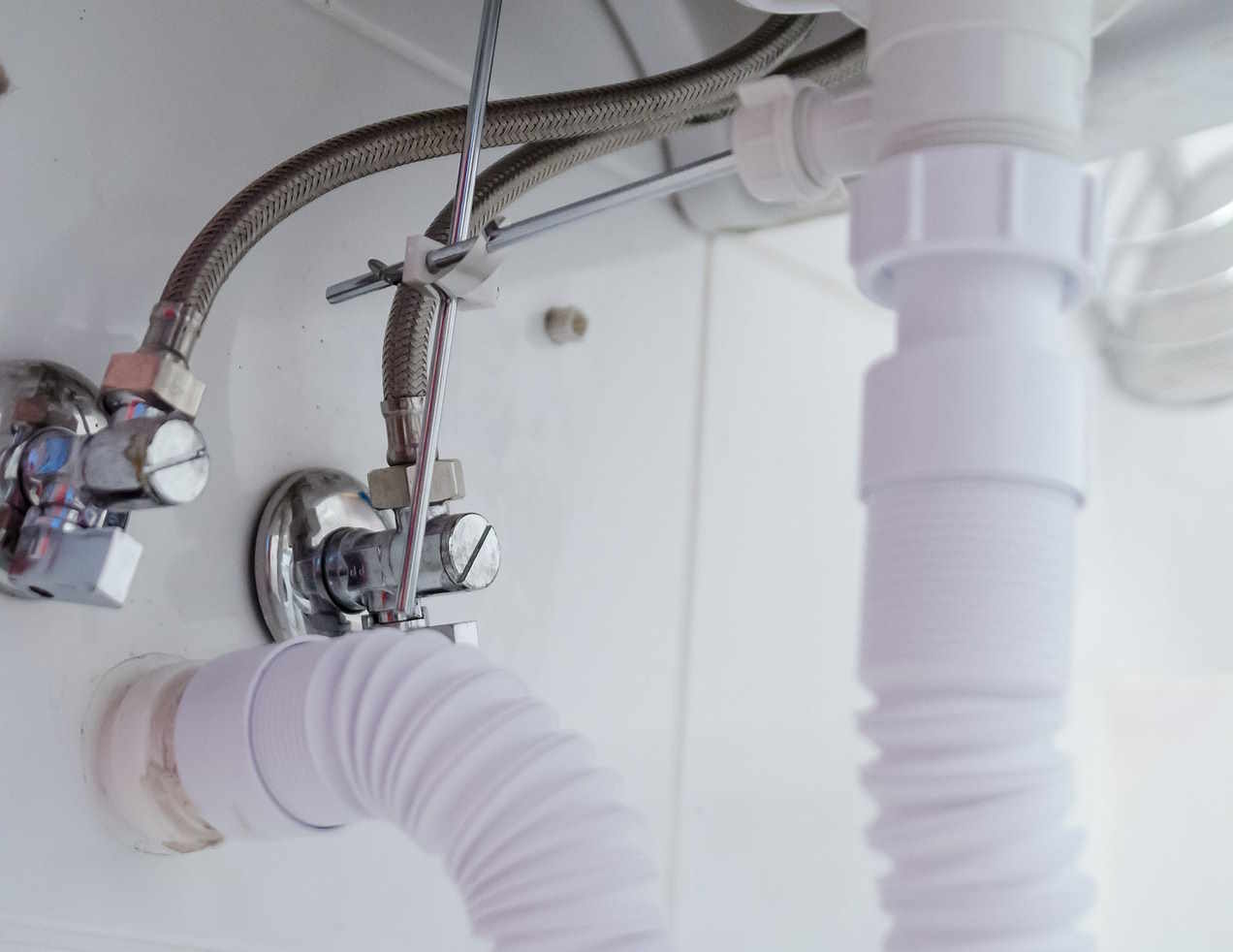Complete Handbook for Professional Plumbing Services
Discover how professional plumbing services keep homes and businesses running smoothly. This in-depth guide covers everything from leak detection and drain cleaning to water heater installation, sewer line repair, and preventive maintenance. Learn when to call a plumber, how to choose a qualified service, and what typical costs to expect so you can protect your property and budget wisely.

Plumbing keeps our buildings functional and comfortable, but problems can arise when you least expect them. This guide outlines the common services professional plumbers provide, how to spot trouble early, when to call a licensed technician, how to select the right contractor, typical costs, and maintenance practices to minimize future repairs.
Core professional plumbing services
Experienced plumbers offer a wide range of services for both residential and commercial properties. Key offerings include:
- Leak detection and repair — Locating hidden or visible leaks and fixing them to prevent water damage and mold.
- Drain cleaning and unclogging — Removing blockages from sinks, tubs, and floor drains using mechanical or hydro-jetting methods.
- Pipe installation and replacement — Upgrading corroded, damaged, or undersized piping to restore proper flow and reliability.
- Water heater maintenance and installation — Servicing or replacing tank and tankless systems for efficient hot water delivery.
- Fixture installation — Installing sinks, toilets, showers, faucets, and related components with correct seals and drainage.
- Sewer line repair and replacement — Addressing broken, collapsed, or obstructed sewer mains that affect waste removal.
These services apply to houses, apartments, offices, restaurants, and industrial sites — anywhere water supply and waste disposal require professional care.
How to recognize common plumbing problems
Early detection reduces repair costs and prevents secondary damage. Watch for these warning signs:
- Dripping faucets or visible leaks around fixtures and pipes.
- Noticeable drop in water pressure at faucets and showers.
- Slow drainage in sinks, bathtubs, or toilets, or recurring clogs.
- Gurgling, banging, or other unusual noises coming from plumbing lines.
- Persistent foul smells coming from drains or sewer vents.
- Discolored or cloudy water coming from taps.
If you observe any of the above, contact a plumber to evaluate the situation. Ignoring symptoms may lead to structural damage, mold growth, or more extensive sewer issues.
When to bring in a professional
Some minor tasks—like changing an aerator or tightening a loose fitting—can be handled safely by homeowners. However, there are many situations that require trained technicians:
- Total loss of water or very low pressure across multiple fixtures.
- Major leaks, burst pipes, or flooding that threaten property and safety.
- Installing new plumbing fixtures, appliances, or when remodeling bathrooms and kitchens.
- Water heater failures or persistent problems supplying hot water.
- Recurrent clogs that DIY methods can’t resolve.
- Persistent noises or backing up of sewer lines.
Plumbers have the right tools, codes knowledge, and safety protocols to diagnose and repair complex problems. Attempting complicated fixes without experience may cause further damage or personal injury.
Choosing the right plumbing service
Selecting a reputable plumber protects your investment and ensures the job is done correctly. Consider these criteria when evaluating providers:
- Licensing and insurance: Confirm the contractor holds the required license where you live and carries liability and workers’ compensation coverage.
- Experience: Look for a track record with similar repairs or installations. Specialized work—like sewer replacement or tankless heaters—benefits from technicians with specific experience.
- Reviews and references: Read online reviews and ask for references from previous clients to gauge reliability and workmanship.
- Transparent pricing: Request detailed estimates that break down labor, materials, and any diagnostic fees.
- Emergency availability: Prefer services that offer 24/7 emergency response if sudden failures are a concern.
- Warranty: Ask about guarantees on parts and labor to ensure follow-up support if problems recur.
Typical cost ranges
| Service | Typical Cost Range |
|---|---|
| Leak repair | $150 - $350 |
| Drain cleaning | $100 - $275 |
| Toilet installation | $200 - $500 |
| Water heater installation | $750 - $1,500 |
| Pipe replacement | $350 - $2,000+ |
| Sewer line repair | $1,500 - $3,000+ |
Prices, rates, or cost estimates mentioned in this article are based on the latest available information but may change over time. Independent research is advised before making financial decisions.
Keep in mind these are general estimates. Many plumbers charge a diagnostic or trip fee plus an hourly rate and materials, while larger projects may be quoted as a flat price. Always obtain multiple estimates for significant jobs and ask for written terms.
Preventive maintenance to avoid costly repairs
Routine care helps plumbing last longer and reduces emergency calls. Practical maintenance tips include:
- Inspect visible pipes and fixtures regularly and repair small leaks promptly.
- Avoid chemical drain cleaners; they can harm pipes and often offer only temporary relief.
- Use drain screens to catch hair and debris and reduce clogs.
- Do not flush items other than toilet paper; sanitary products and wipes can obstruct drains.
- Run water through seldom-used fixtures periodically to keep traps filled and sewer gas out.
- Schedule annual or biannual inspections with a professional to catch hidden issues early.
Final thoughts
Understanding available services, recognizing early warning signs, and choosing a qualified plumbing contractor are essential steps to protect your property and budget. Regular maintenance and prompt professional intervention when problems arise will keep your water systems functioning reliably for years. When in doubt, consult a licensed plumber to get an accurate diagnosis and safe solution.






